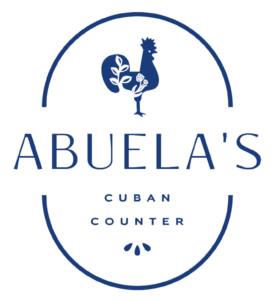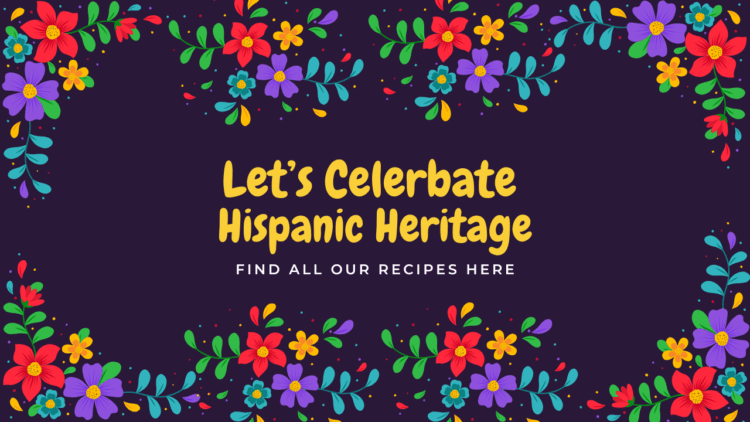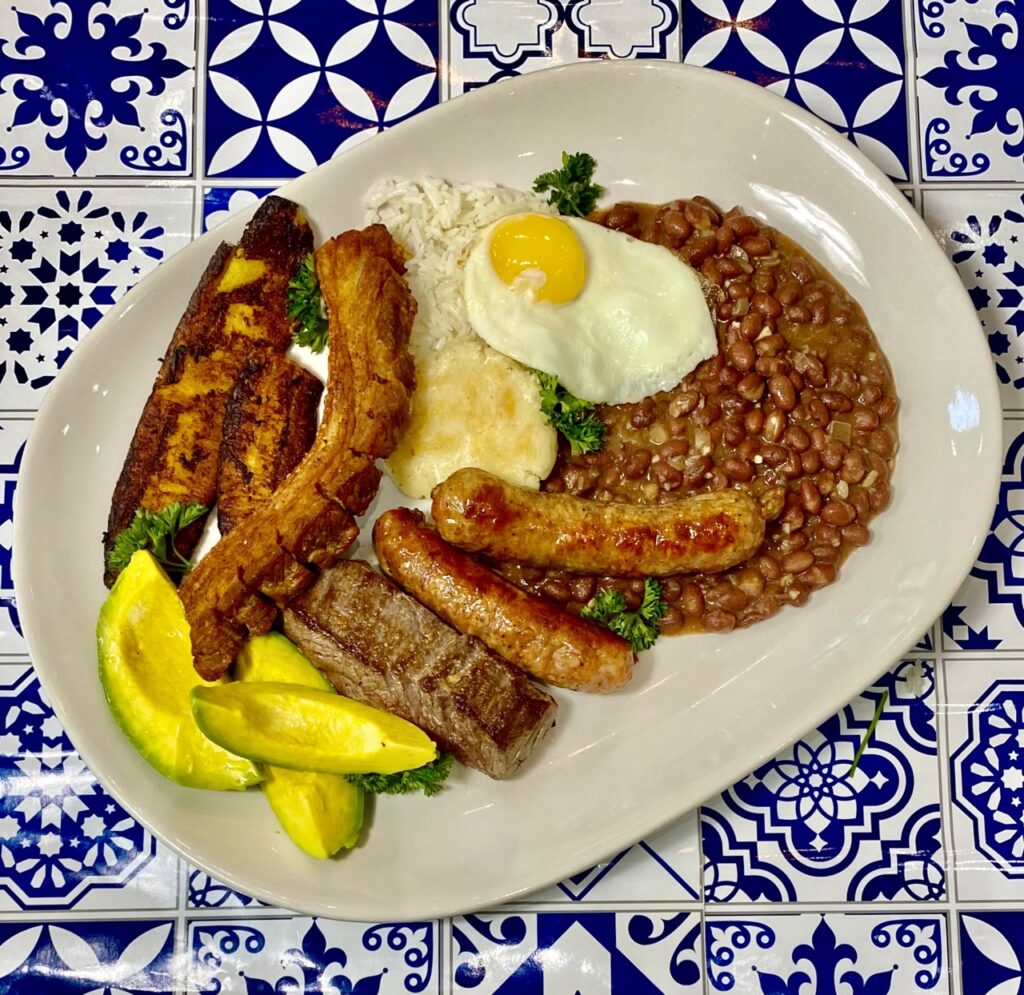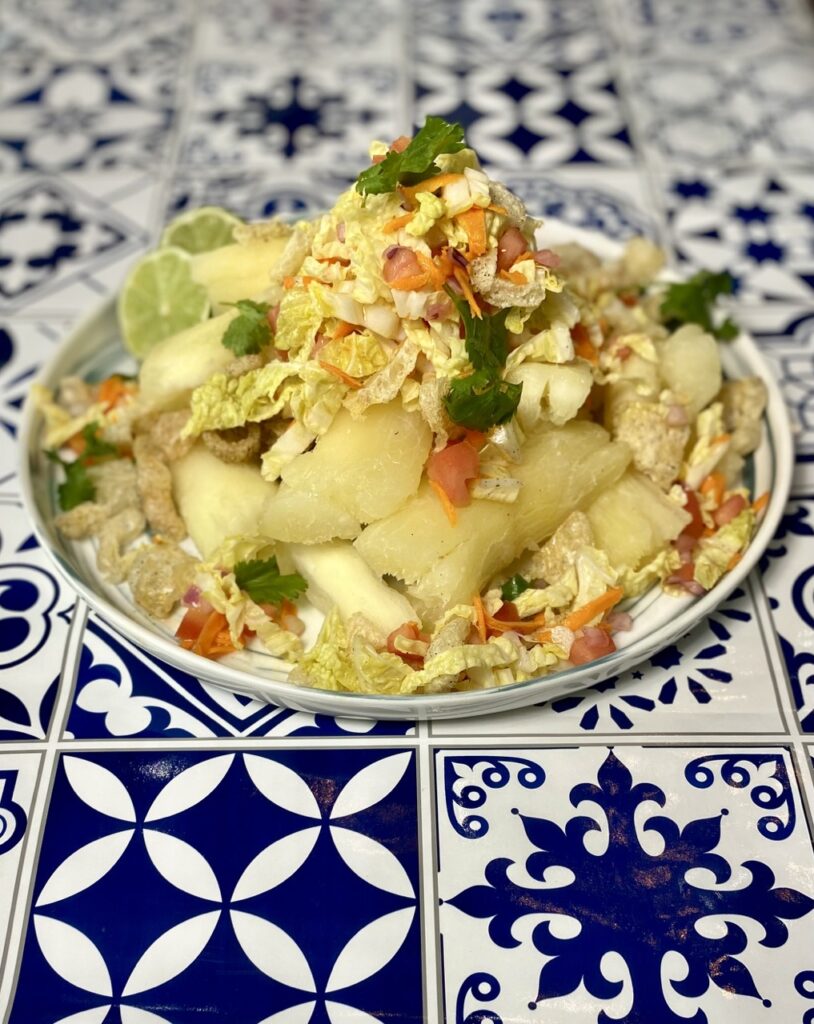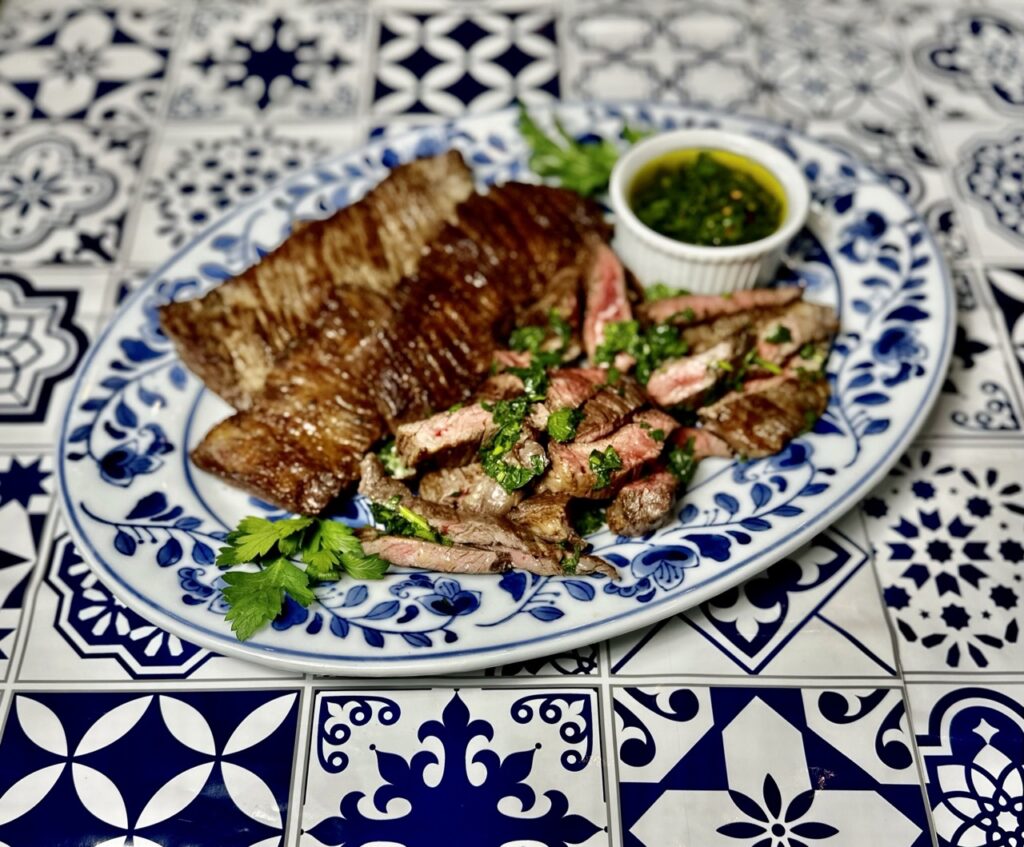Come celebrate Hispanic Heritage month with these delicious recipes. We assembled a list of countries and recipes that really help demonstrate how special each cuisine is.
In our opinion, there is no better way to celebrate hispanic heritage than with recipes. Recipes that are steeped in a deep tradition, and allow a glimpse into a culture that few other things can do.
While we think Hispanic Heritage is something that should be celebrated year round. Over the last couple of years, we have taken Hispanic Heritage Month as a time to reflect on other cultures outside of our own, Cuban. It’s been a pleasure to dive into their ingredients and ways of tying food together that both is so similar to what we know and also has a subtle difference that sets it apart.
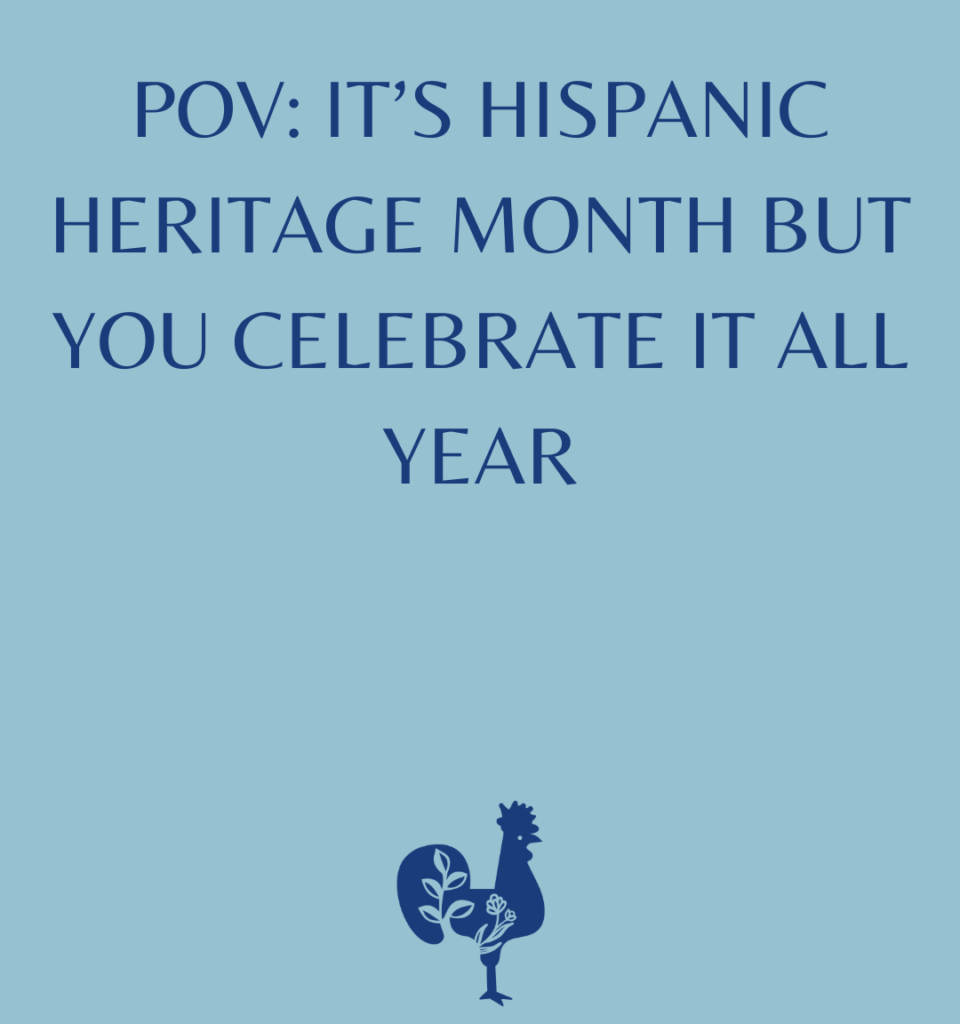
It’s been an incredible journey to find the overlap between cultures. It’s been even better to find the differences that set each culture apart. The differences that give a peak into the history of each country. The trials and tribulations that each survived, and how the food and traditions continue to evolve and be passed down to the next generation.
Here we have gathered for you a list of dishes that were inspired by other cultures. We encourage you to look at some of these recipes and find the similarities and differences for yourself. It’s so beautiful to see the overlap, and even more delicious.
Our Favorite Recipes that Celebrate Hispanic Heritage
Cuba
Obviously most of our site is dedicated to and inspired by Cuban food. However we would be remiss if we didn’t put a few dishes on the list of amazing foods to celebrate Hispanic Heritage Month (or any day of the year really). We went with Boliche, Black Beans and Flan.
We love how each represents traditional Cuban culture in its own special way. In the Boliche, you have the sofrito mixed in with the roast and chorizo to really showcase so much Cuban flavor. The Black Beans speak for themselves. It is difficult to think of eating a Cuban dish without considering the rice and beans. Then you have a Flan which is one of many custard or milk based desserts that we love to make. The caramel on our Flan is easy to do and the custard filling bakes in so perfectly in the Baño Maria. Please be careful with the lid of the Leche Condensada can as you lick the last bits.
A few other ideas: Platanos Maduros, Tostones, Croquetas, Picadillo

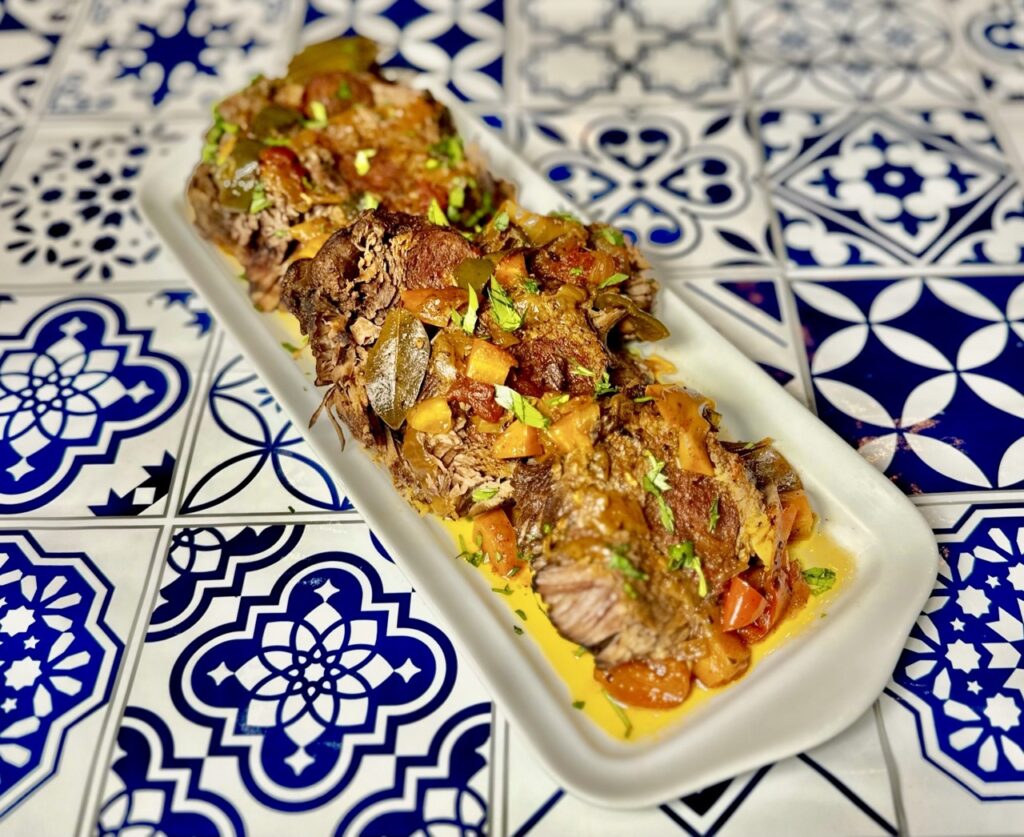

Spain
Spanish food is rich in history and is actually quite diverse. Spain is divided into several different regions, and each region has it’s own spin and influence on Spanish cuisine. There are many different regions are Basque, Las Asturias, Madrid, Valencia, Aragon, Rioja and many more.
A common element in Spanish cooking is olive oil, sofrito and herbs. When you think of Spanish cooking, you can’t help but think of garlic which is another common element found throughout Spanish cuisine. The Spanish love to incorporate protein into their dishes, think of Pork and slow roasted chickens. Finally they love their seafood, with classic dishes such as Camarones al Ajillo and Paella.
Of course you cannot talk about Spanish foods without focusing on tapas. Tapas are small shareable plates, and this style has actually had a major influence on how we dine today. To celebrate Spain we thought the best way to do it would be with some easy to make delicious tapas.
Tapa Time
Tortilla Espanola is a Spanish omelet layered with potatoes and onions. It is really so versatile. You can eat Tortilla hot, room temperature or it’s even delicious cold. You can set Tortilla Española out as an appetizer, make it your dinner or just have it as a snack.
Pan con Tomate: a traditional tapa that is on almost every Spanish menu. If you have visited Madrid you know that this is a staple everywhere you go. They even have it for breakfast. It showcases how simple ingredients are always the most special.
Camarones al Ajillo: another tapa favorite, that truly encapsulates Spanish cooking in one place. It’s shrimp cooked in butter, oil, garlic and herbs. It is simple and elegant. A dish that has had influence in other Spanish dishes as well as on other cultures throughout the world.
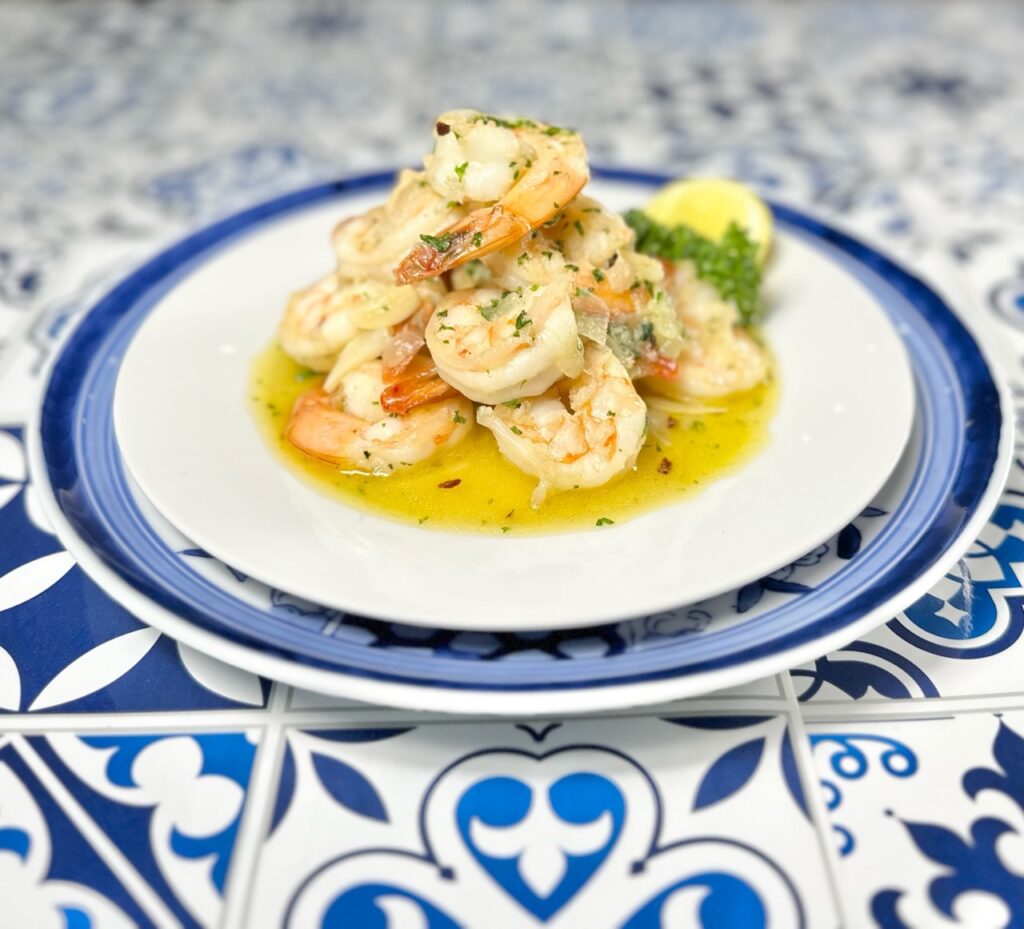

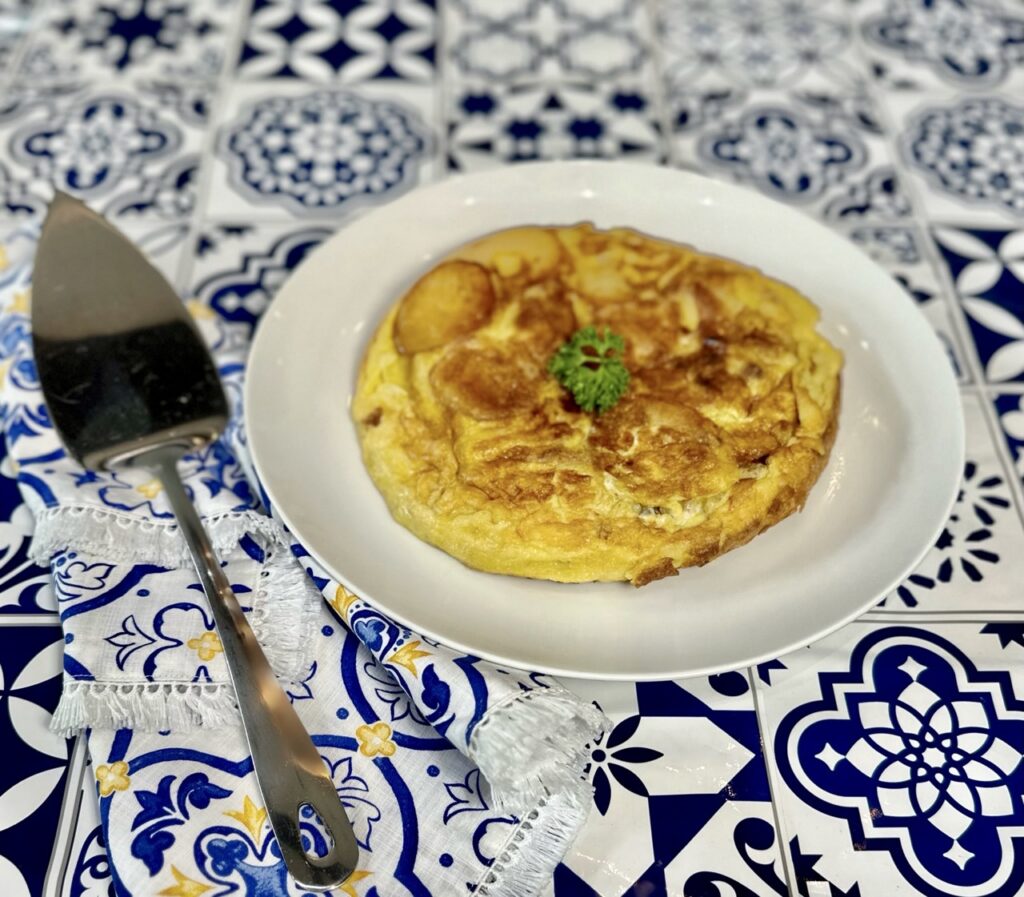
Colombia
Colombian food is a unique blend of indigenous, European traditions, and Afro-Caribbean influences. Colombian dishes and ingredients, like Spain and others will vary depending on the region. However there are a common core of ingredients such as rice, potatoes, beans, and cassava and more that will usually pop up.
When we think of Colombian food we think of so many things. Things like Arepas (like Venezuela), marinated beef and rice and beans. We thought what better than a Bandeja Paisa, to be the first dish we have to honor Colombian cuisine.
A Bandeja Paisa is a dish that we think highlights the very best of Colombian food. It’s a buffet of Colombian meat including Entraña, Sausage, Chicken and Crispy Pork Belly along with rice, pink beans, avocado plantain all tied together with the egg. It is absolute perfection!
Venezuela
Venezuelan food is also heavily influenced by different cultures. There is actually a very deep European influence from Italy, Spain, Portugal and France. There is also an influence from Africa and the indigenous tribes. Venezuelan cuisine staples include corn, rice, plantains, beans and heavy on the meat.
Venezuela is also known for having a variety of white cheese (queso blanco), usually named according to its geographical region. Ani’s husband, Dr. Ed, is Venezuelan and so for Ani this country and it’s traditional food are very special. We are featuring Pan de Jamon, Arepas and Ensalada de Gallina.
Pan de Jamon: Venezuelan Ham Bread is a very traditional Venezuelan dish that is especially popular around the holidays. It is a Noche Buena staple in any Venezuelan home. But we love it any time of the year to serve as an appetizer, snack or even as part of a brunch buffet.
Arepas: a staple in any Venezuelan home, as well in many other Latin countries. Arepas are essentially just corn patties. However they really are a foundation for so much more. You can stuff them with almost anything, something as simple as butter or salty cheese or as elaborate as juicy shredded beef or creamy chicken salad.
Ensalada de Gallina: This Ensalada Gallina is Venezuela’s version of chicken salad. It is similar to Spain’s ensalada rusa because of the starchy additions like potato and carrot. Yet still has its own very distinct flavor.

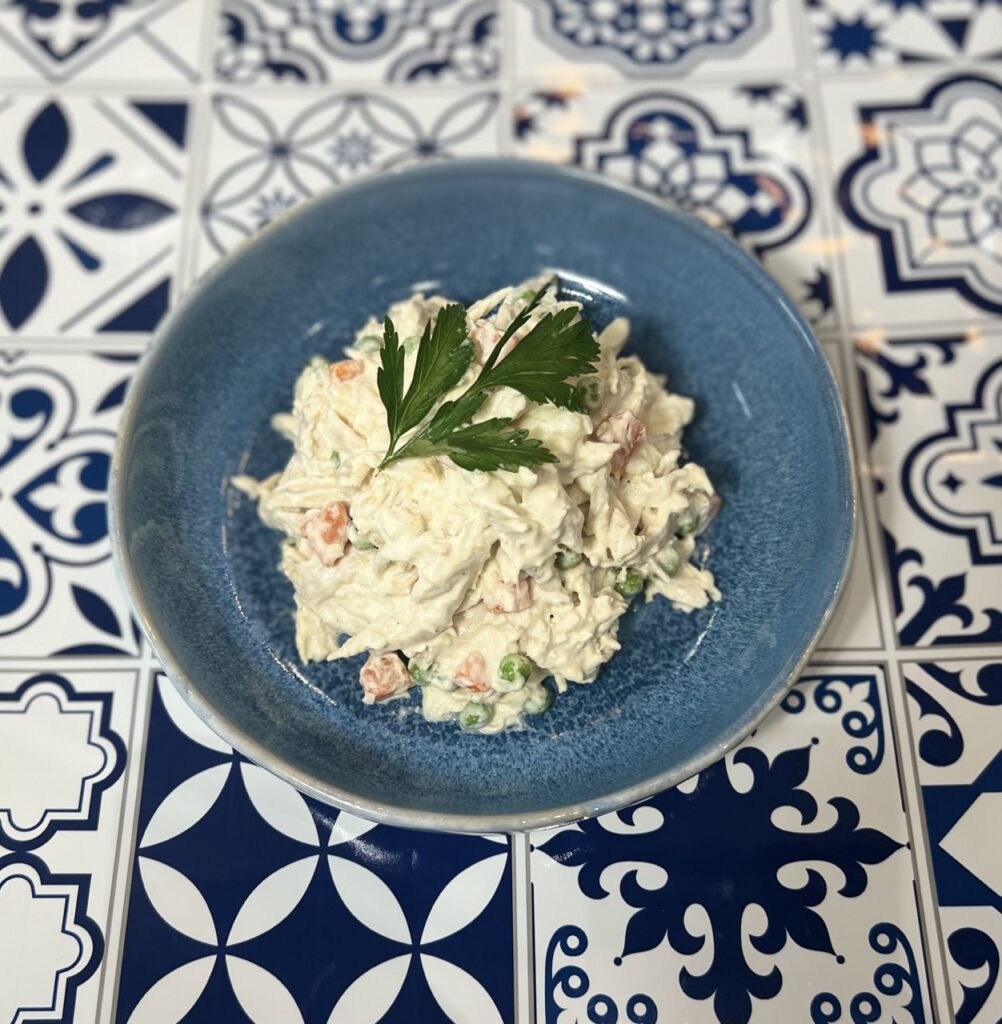

Dominican Republic
Dominican cuisine is really full of heart and so much flavor. It is truly a reflection of the country’s history and it’s love of hospitality. At the heart of this humble but very flavorful cuisine is fresh local ingredients like fruits and vegetables and it of course has a ton of meat and seafood as it is nestled in the Caribbean. A fact that you would realize very quickly once you try the food.
For the most part all Dominican food is flavored with something special. It can be analyzed down to say that it is African and Caribbean flavors, but it’s something more. Everything on the island is so fresh and made with so much love. We picked three recipes that made us think of the Dominican Republic, and also demonstrate how much overlap there is in all our food.
Habichuelas Rosadas: one of our absolute favorite dishes out of this vibrant amazing island. Habichuelas is the word Dominicans use for beans. The beans most commonly found in the Dominican Republic are cranberry (pink), pinto, red kidney, navy, and black beans.
Chicharron de Pollo: chicken bites that are coated with flour and seasonings and deep-fried. This is our recipe and we think the combination of flavors from the marinade to the breading make everything about this chicken crave-worthy.
Queso Frito: it is a white, salty cheese (with a high melting point) called queso de freír, queso paisa, queso fresco or queso blanco. Queso frito is a common dish throughout Latin American countries, especially South America, Puerto Rico, the Dominican Republic, and Mexico
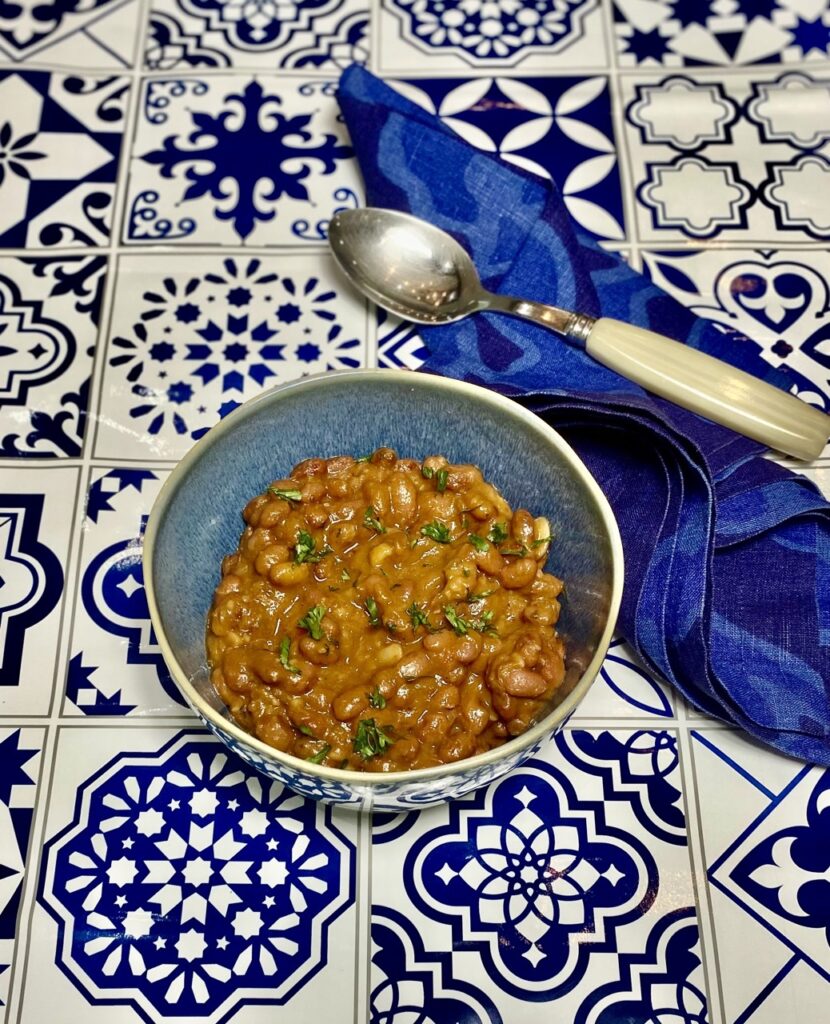
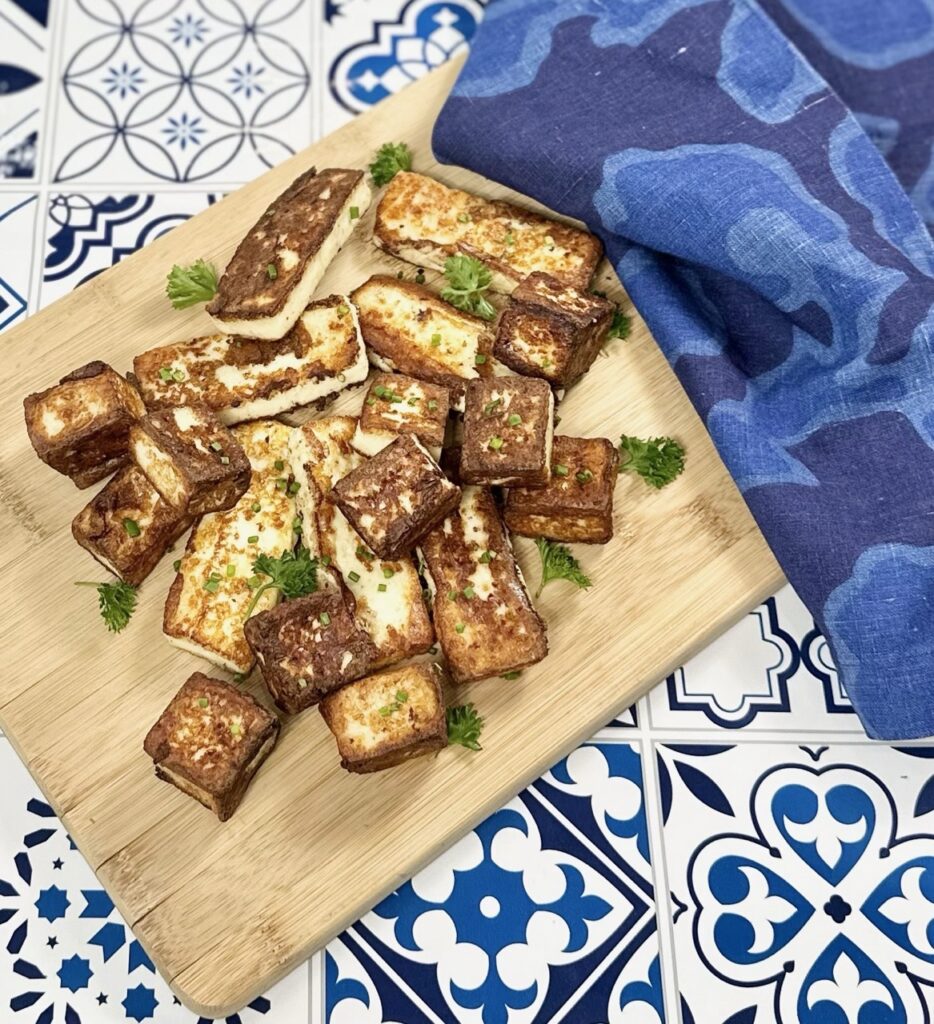
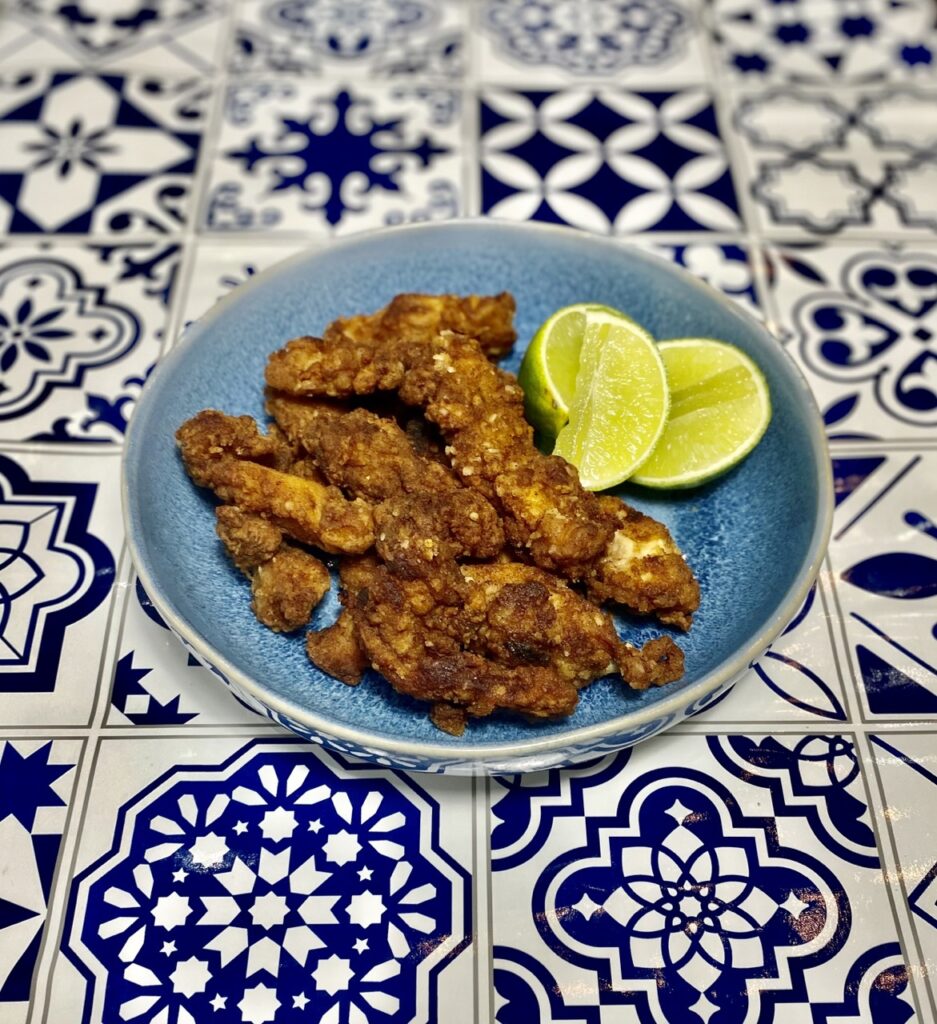
Nicaragua
Nicaraguan cuisine is inspired by both Creole and pre-Columbian dishes. What does this mean? It means what we know to be true about most Central American and Carribbean food, there’s a lot of rice and beans. Nicaraguans love their rice and beans, think things like Gallopinto.
However to celebrate Nicaragua, we thought it would be good to feature something a little more niche to Nicaragua. A dish that not everyone knows, but not because it is not extremely delicious.
Allow us to introduce to you this Nicaraguan Vigoron Recipe. A dish that originated on the streets of Nicaragua, and is one of the most perfect bites. It is has the creaminess with the yuca, the crunchy chicharron and acidic and fresh slaw. It’s basically food perfection
Peru
Traditional staples of Peruvian food are potatoes, corn, beans, and lots of fresh herbs, seafood and proteins. There are many different cultures that influence Peruvian cuisine. Obviously there is the Inca (from the region) but there is heavy Spanish and Chinese influence as well.
We thought it would be good to have two dishes that showcase these influences. The first being Tiradito, a classic sashimi style dish that has Asian influence but also a classic Amarillo sauce that screams Peru! The second Arroz Chaufa which also puts the Chinese influence on display, in a bright veggie packed fried rice.
Tiradito is Peru’s version of sashimi. It is fresh fish, cut in thin strips and submerged in a spicy and citrusy sauce. As you can see, the process is very similar to how you would make ceviche (another popular Peruvian dish).
Arroz Chaufa: Chaufa, which means, fried rice, can pair as a side dish to almost every protein. It is also packed with veggies and a protein which means that it can even be a meal on its own.It’s a classic Peruvian dish that was introduced by Chinese Peruvians who immigrated to Peru in the 1960’s to late 1990’s. This explains the heavy Chinese influence in a lot of Peruvian food. The combination of Chinese and Peruvian cuisines are referred to as Chifa.


Argentina
In Argentina you will find the same blend of Indian, Spanish, and African influences, but with a twist. Because Argentina has vast plains, there is a great deal of farming and livestock. This output of beef, is the centerpiece of their culture. In Argentina it is typically served as part of an Asado, where different cuts of meats and sausages are grilled in an open flame. Food is a big part of the Argentine culture. They love to prepare meals and gather their favorite people.
We thought the best way to showcase Argentine cuisine would have to be beef, and what better beef than an Entraña or Grilled Skirt Steak.
Mexico
Mexican cuisine dates back all the way to the Aztec empire. Where they began using the ingredients of the land especially, maize, corn. Then there was the invasion of the Spanish which brought with it an influence on cuisine that would totally transform it. The most important influence being meats from the animals and dairy products.
It is a culture that is deeply rooted in tradition and takes their food very seriously. How could we not love it! There are so many amazing things to do to represent Mexico. We really struggled with just introducing one recipe, so we went with Enfrijoladas.
Enfrijoladas: made by soaking a tortilla in black bean puree, frying it, folding it onto itself, baking and sprinkling them with Mexican table cream and crumbled cheese. In this recipe we aren’t frying them before baking and we fill them with a small amount of pulled chicken and melted cheese. This helps keeps the meal a little lighter and simpler. In about 40 minutes you have a filling and distinct meal.
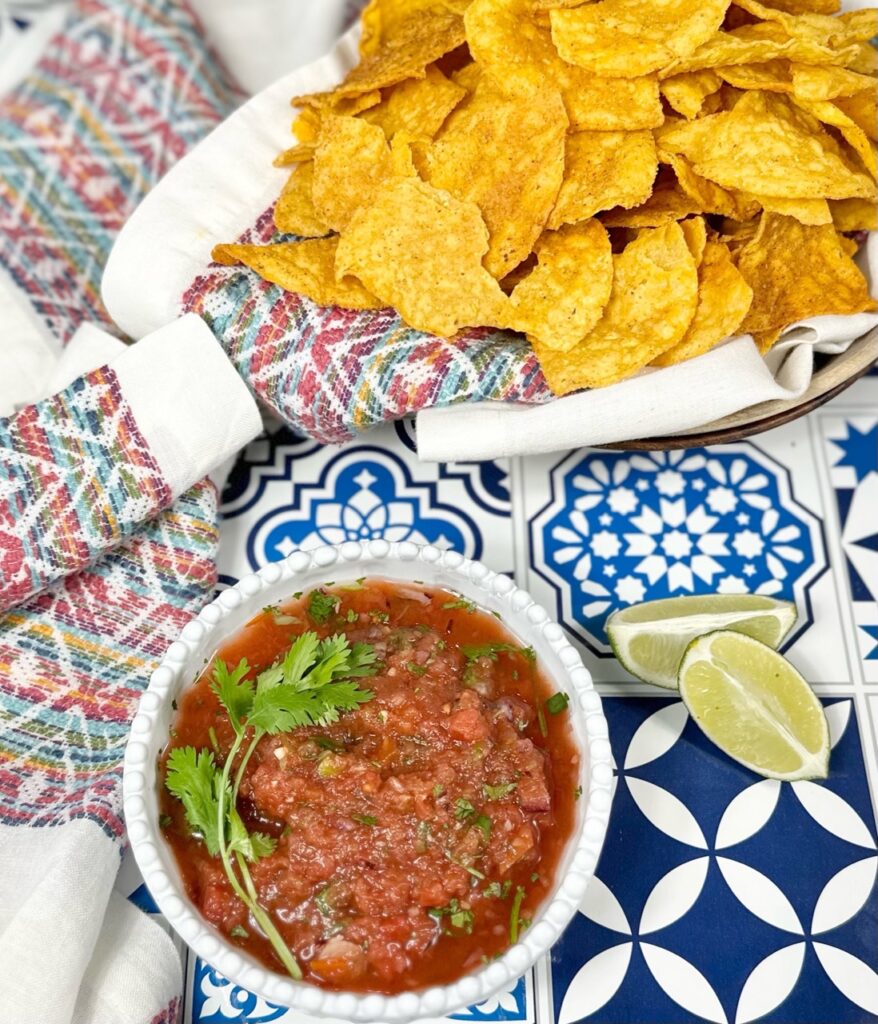
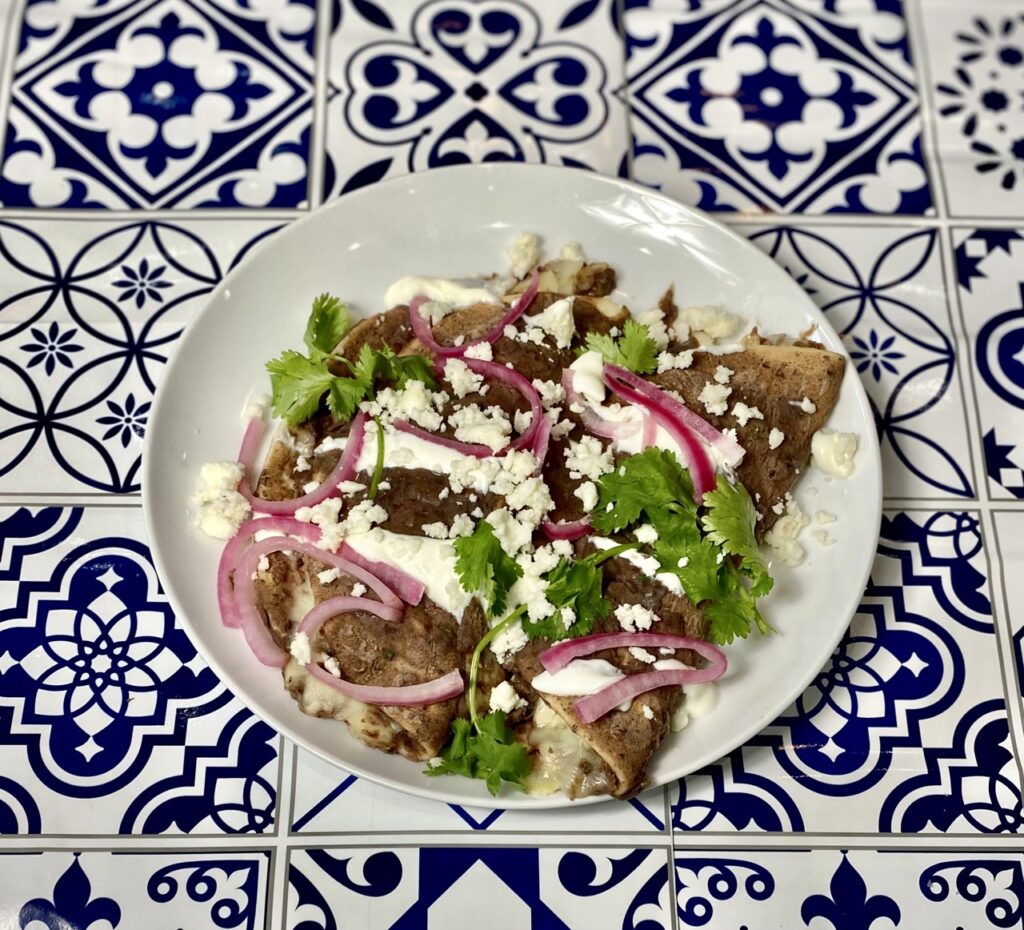
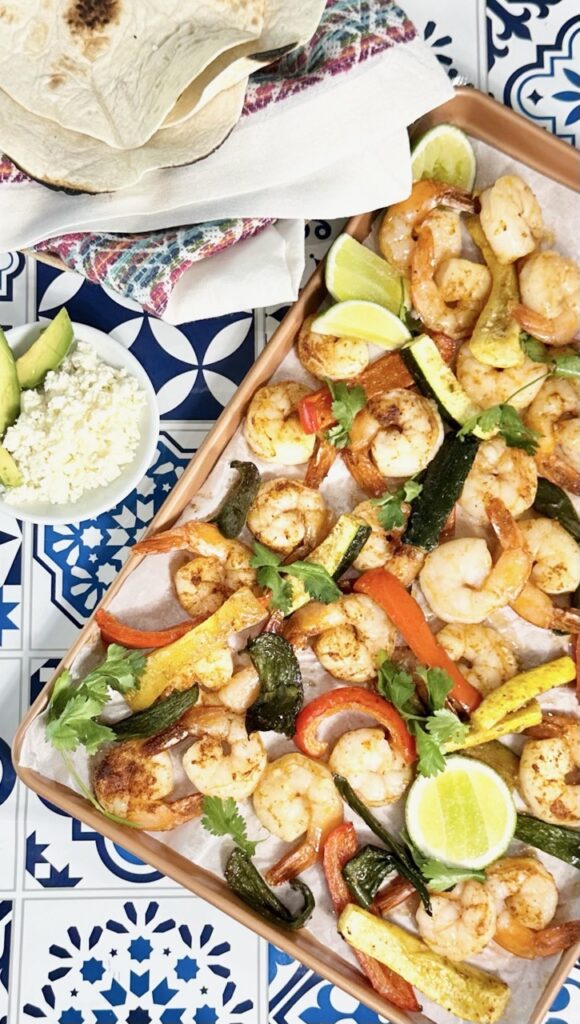
Puerto Rico
Like a lot of our other Latin countries, has influences from all over the world. Puerto Rican cuisine has a heavy Taino, Spanish and African influence, and is commonly known as cocina criolla. The Indian and Spanish brought with them yuca and sweet potatoes and other vegetables, along with the way they cooked the meats (think BBQ and grilling). African influence brought platanos and other seasonings.
To represent Puerto Rico, we chose Sancocho and Flancocho to help show off some of the flavors Puerto Rico has to offer. We haven’t tried to make Mofongo yet, but we have the Cuban sister, Fufu available and they are pretty similar if you want to give that a try.
Instant Pot: Sancocho: Sancocho, a word often used as slang by Puerto Ricans to mean a big old mix of things. It is a rustic stew eaten across the Caribbean and made with every imaginable combination of proteins and vegetables.
Flancocho: The name Flancocho comes from joining the perfect custard dessert, Flan with bizcocho, the Puerto Rican name for cake. Flancocho or Flan Cake has playfully earned the nickname “the impossible cake.” It defies logic. Somehow layers of caramel, flan and cake are baked together and stay baked in separate layers. It’s a happy baking miracle that leads to a unique and delicious dessert.
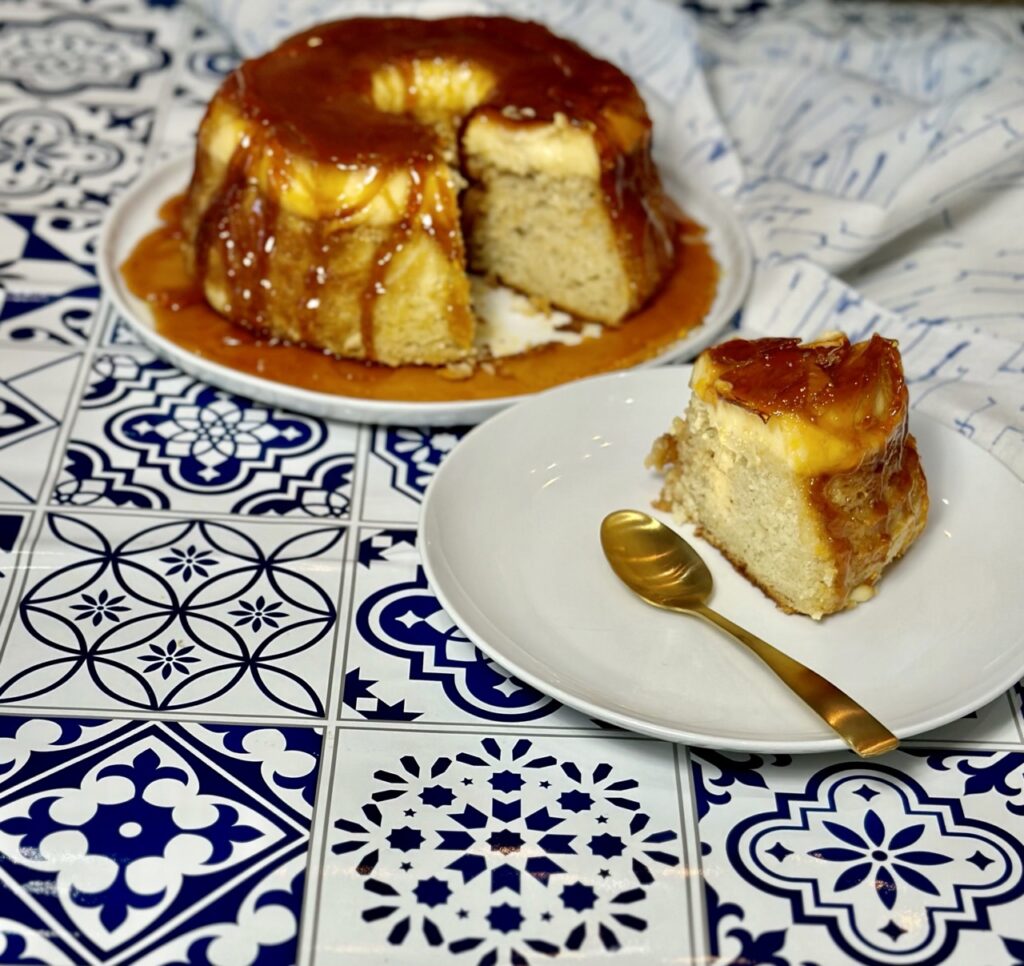
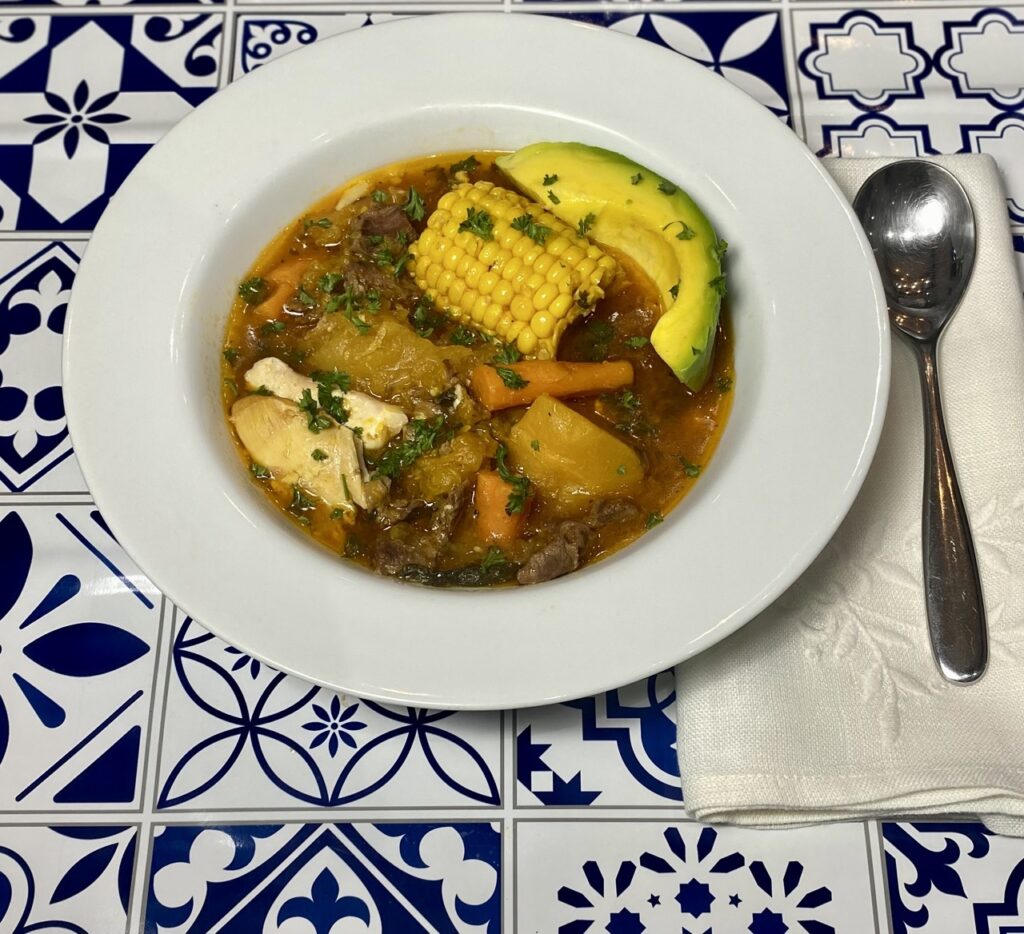
Don’t forget to sign up for OUR NEWSLETTER and receive great recipe and menu ideas a couple times a month!
